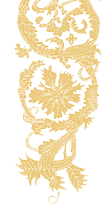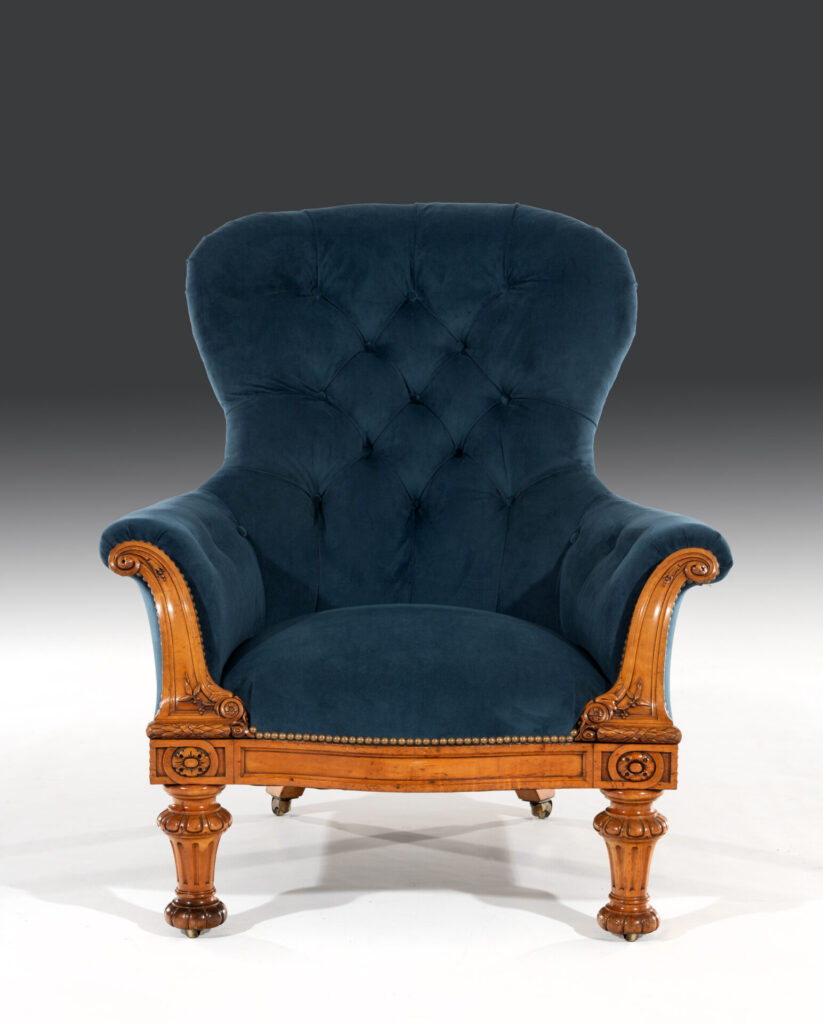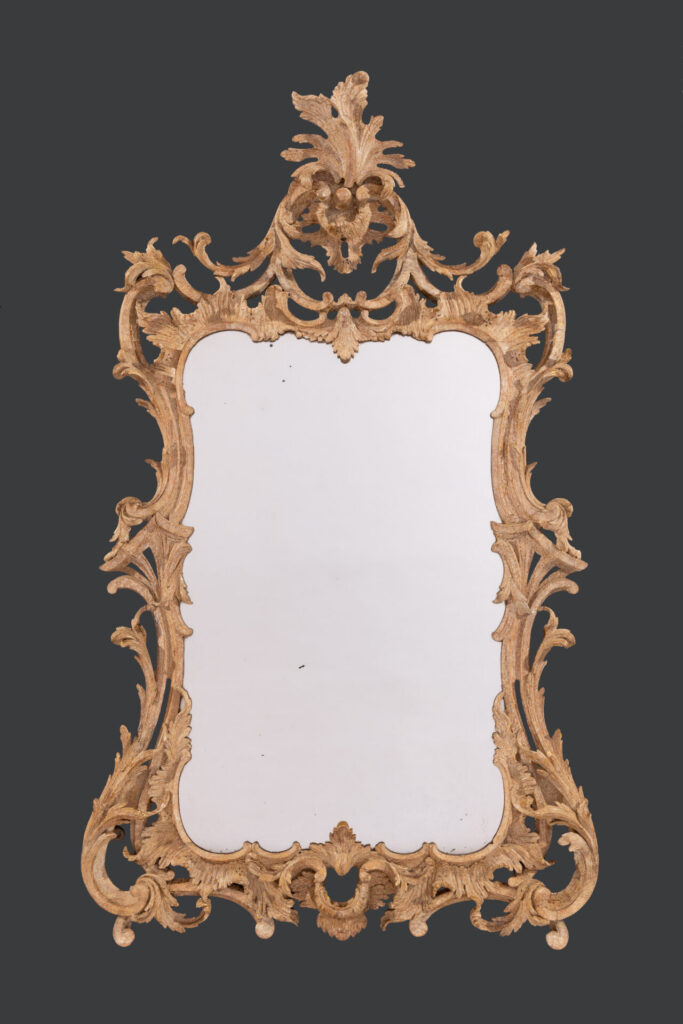Matched Pair of George III Period Tables




Matched Pair of George III Period Tables
English
circa 1790 - 1800
Matched pair of George III period West Indian satinwood tables.
One table is rectangular while the other is slightly larger and rounded at the ends. Both table tops are crossbanded in satinwood, rosewood and boxwood stringing.
Both Pembroke tables have full length drawers fitted with brass turned handles. The friezes on both have inlaid panels either side of the drawers, one lozenge and one rectangular in shape.
The tables have the same detail in the reverse and are both raised on tapered inlaid legs.
The tables retain golden coloured satinwood veneers with figured grain. They are excellent in colour and double crossbanded on top. The rosewood, satinwood and boxwood stringing make up the crossbanding.
(The rounded edged table). The overall width with the leaves up is 106cm and with the leaves down is 53cm by 73cm high by 90cm in depth.
(The square edged table). The overall width with the leaves up is 102cm by 53cm with the leaves down by 73cm high by 82cm in depth.
The form of the Pembroke table with its smaller proportions and distinctive drop-leaves likely originates with the 9th Earl of Pembroke, Henry Herbert (1693-1751).
Herbert studied at Oxford before going on the grand tour in 1712, where he spent time in Naples, Venice and Rome, where he met William Kent. When he returned to England he was appointed Lord of the Bedchamber to George II. He was also made captain and colonel of the 1st Troop of the Horse Guards in 1721.
Herbert’s time in Italy inspired his antiquarian spirit, and in his lifetime he designed seven buildings, including his own home, Pembroke House, Whitehall. Contemporary writer and social figure Horace Walpole complimented Herbert’s aesthetic staying, ‘no man had a purer taste in building.’
Although there is no definitive record, it is commonly believed that Herbert first designed the Pembroke table, a form that is meant for occasional use with two drawers and flaps on either side that can be raised by brackets on hinges (or elbows) to increase the size.
There is another possible origin for the name of the table that stretches back further in the family. It is sometimes said that the table was named for Mary Herbert, Countess of Pembroke (1561-1621), who allegedly ordered a table of this design. Mary Herbert was one of the first English women to achieve fame as a poet: at Wilton she established the Wilton Circle, which became a ‘paradise for poets,’ including Edmund Spenser, Michael Drayton, Sir John Davies, and Samuel Daniel. She also entertained Queen Elizabeth I with her husband, Henry Herbert, 2nd Earl of Pembroke at Bayndard’s Castle in the City of London.
Either way, the versatility of the table’s form made it a highly popular item in the 18th century home as it could be used for writing, dining, serving tea, or at bedsides. When not in use, the tables could be discreetly tucked away.
Literature
The West Indian satinwood tables have been put together and are similar but have very obvious features that differentiate them. I put the table together because the scale and satinwood are similar. They are stylish and would work well in a room where they can be separated
Dimensions
Stock No: 11570
£12,750.00
In-stock




